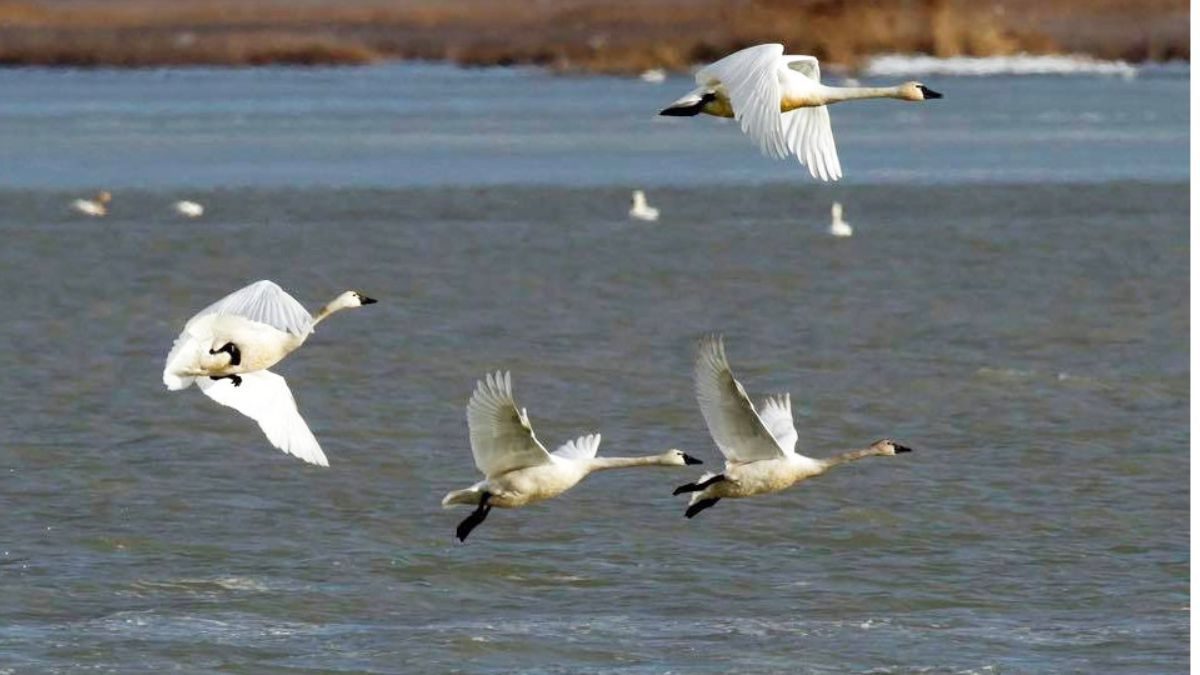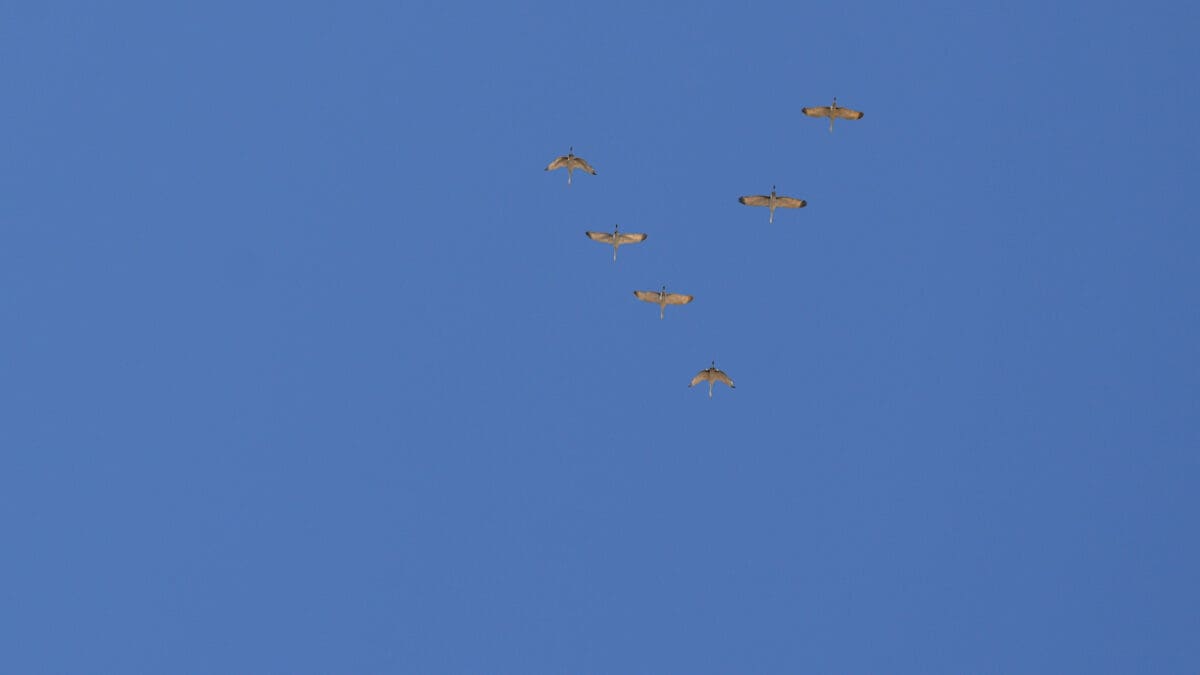Wildlife
Where to see migrating swans in Utah this spring

See swans migrating through Utah this March. Photo: Courtesy of the Utah Division of Wildlife Resources
The peak time to see migrating swans is typically in the spring
UTAH — Three spots in Utah will be ideal for watching two different types of swans as they migrate through Utah this year, according to the Utah Division of Wildlife Resources.
While swans are visible during their fall migration in November, March is the peak time to watch these birds as they migrate from wintering grounds in California to northern nesting sites in Canada and Alaska.
“Swans are amazing birds to see in flight,” said Mark Hadley, Northern Region outreach manager for the DWR. “You’ll have no problem spotting them — they’re huge and almost pure white in color.”
Both tundra and trumpeter swans will be visible during the migration. According to the DWR, birdwatchers can tell the two types of swans apart by both their size, eyes and sound. Trumpeter swans are typically much larger than tundra swans, and make a trumpet-like sounds. Tundra swans have a yellow-colored area near their eyes.
According to the DWR, here are some of the best places to see swans in Utah:
Salt Creek Waterfowl Management Area
The Compton’s Knoll viewing area is a small hill on the southeast side of the Salt Creek Waterfowl Management Area. This spot places you above the marsh, providing viewing opportunities for those who have binoculars or spotting scopes. Two bird viewing blinds are also located at the bottom of the hill.
“The Salt Creek WMA is about 12 miles northwest of Corinne. Except for the Compton’s Knoll viewing area, the rest of the WMA is closed for different parts of the year,” said a press release from the DWR. “Please remain behind closed gates and only view the swans from Compton’s Knoll or the two bird viewing blinds at the bottom of the hill.”
Bear River Migratory Bird Refuge
This area and the Bear River Migratory Bird Refuge Auto Tour Route are located about 12 miles west of Brigham City, and are managed by the U.S. Fish and Wildlife Service.
“To reach the auto tour route, exit I-15 at exit 363, and travel west on West Forest Street until you come to a large parking area with an observation tower,” said a press release from the DWR. “Stop at the tower to look for swans in the marsh to the north. You can then drive along the 12-mile auto tour route. The route will take you on a journey through the heart of the refuge. You could see thousands of swans in the wetlands along the driving route.”
DWR Eccles Wildlife Education Center at Farmington Bay Wildlife Management Area
Migrating swans can also sometimes be seen at the DWR’s George S. and Dolores Doré Eccles Wildlife Education Center and Hasenyager Preserve, which is part of the Farmington Bay Waterfowl Management Area. The WMA is closed to vehicle traffic from March 1 until September, but the education center is open Tuesday-Saturday from 11:30 a.m. to 3:30 p.m.












